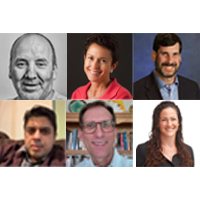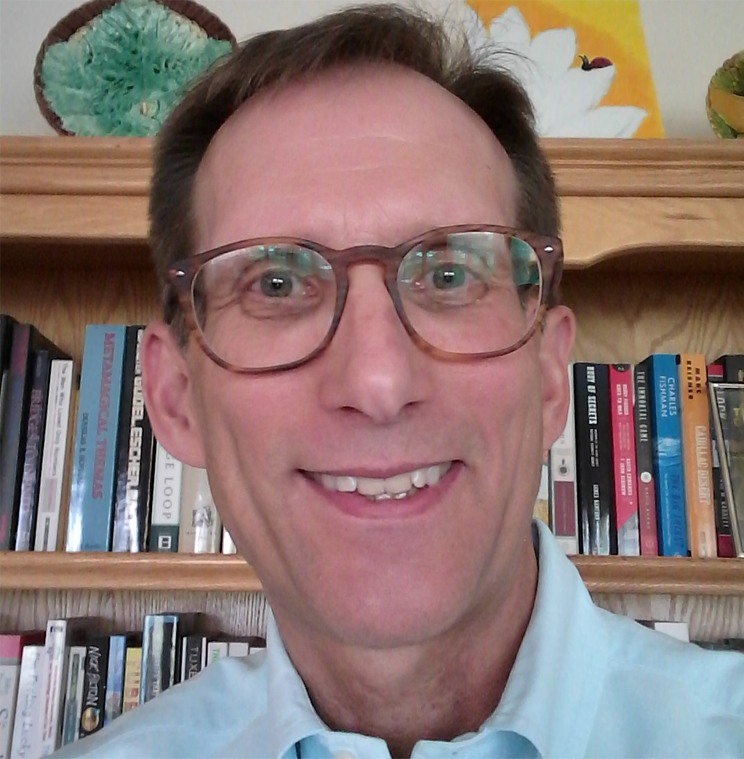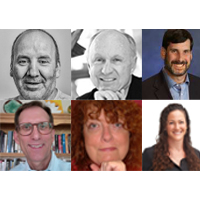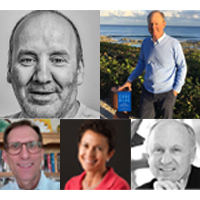by KIM BELLARD
Until last week, for me, “mastodon” only meant the giant animal that went extinct several thousand years ago (I was, it appears, unaware of the heavy metal band Mastodon). Now, as the result of Elon Musk’s purchase of Twitter, many Twitter users are being forced to take a look at alternatives, such as the social networking site Mastodon.
It’s possible that we are about the witness the Myspace-ization of Twitter, brought down by competition, bad management, and bad product decisions. In my usual “there must be a pony in here somewhere” fashion, there may be some lessons in the Twitter saga that healthcare might want to pay attention to.
As most know by now, Mr. Musk has been a Twitter power user for many years, and a frequent critic. In March of this year he started discussions about purchasing it. In short order, he threw out a bold bid, was rejected then accepted by Twitter’s board, tried to get out of the deal, was sued by Twitter, and closed the deal late last month.
Then things got really rocky.
Mr. Musk tried to reassure squeamish advertisers, only to make them and others even more nervous when he retweeted some disinformation. After a spike in hate speech on the site, he promised that, as much as he was buying Twitter out of his love for free speech, Twitter “cannot become a free-for-all hellscape, where anything can be said with no consequences!” Then he shocked observers (and Twitter employees) by suddenly laying off half the workforce, including much of the content moderation staff. Some are now being asked back, being told they were laid off “by mistake.”
He then floated a balloon about charging $20 a month for Twitter’s blue verification, had a tweet argument with Stephen King about it, then went forward with a $7.99 plan, only to be punked by users illustrating the flaws. At this writing, the plan now appears to be on hold, at least until Tuesday’s mid-term elections.
Advertisers appear to be fleeing, or at least curtailing spending.
As The Wall Street Journal put it: “In Elon Musk’s first week at Twitter Inc., he flouted much of the advice management gurus have dished out for decades.” It’s no wonder many Twitter users are looking at Mastodon.
Continue reading…














